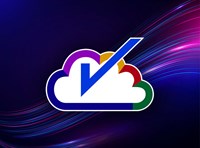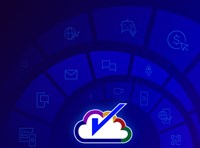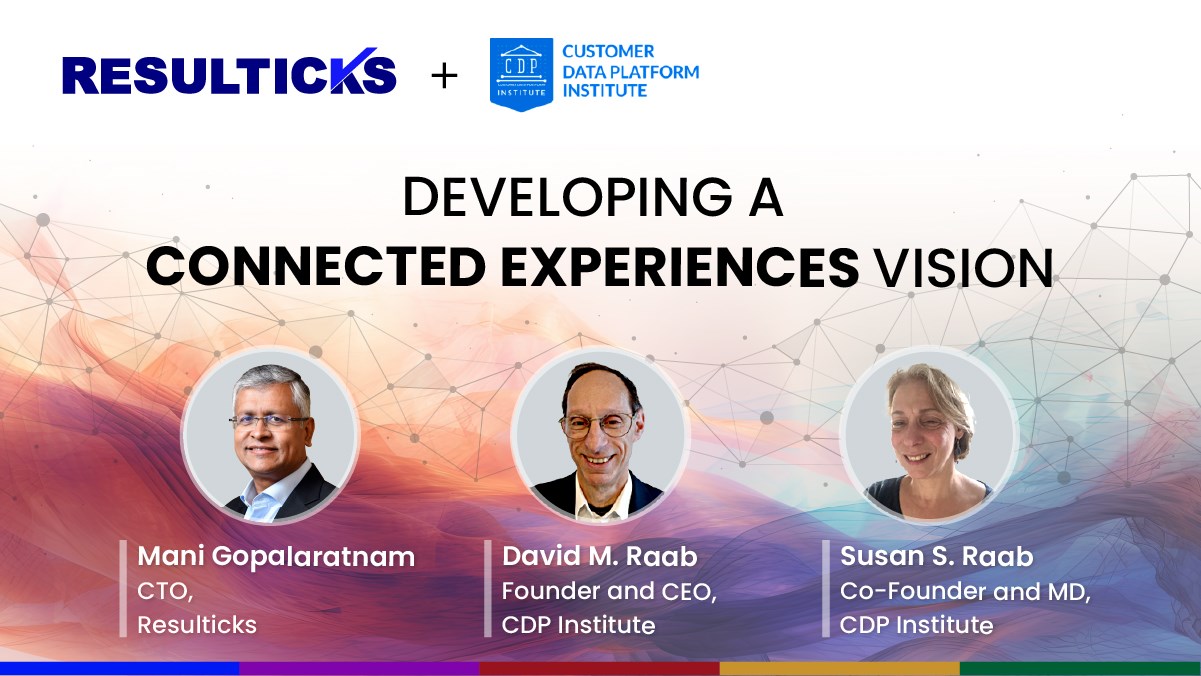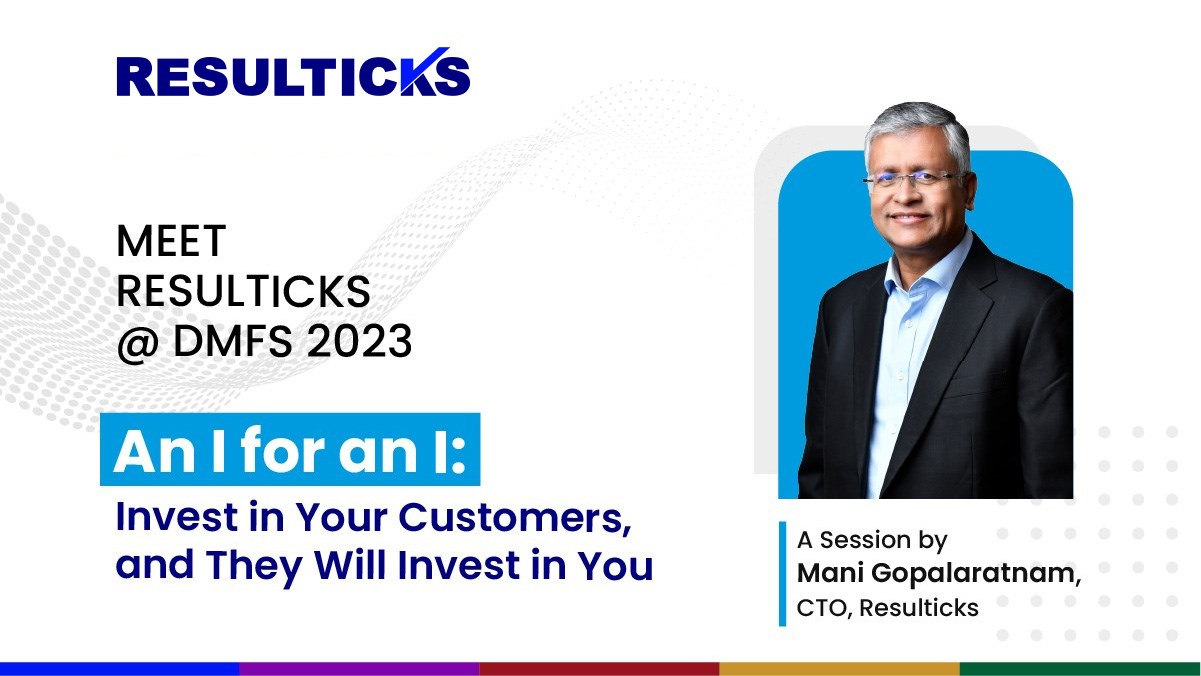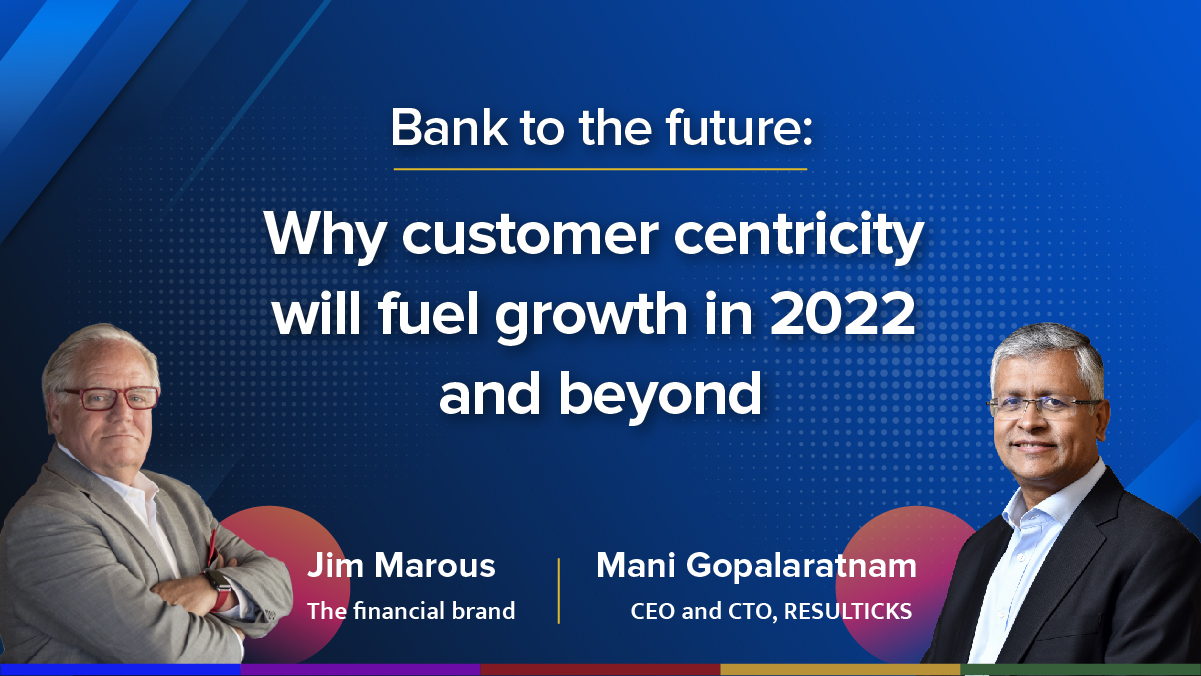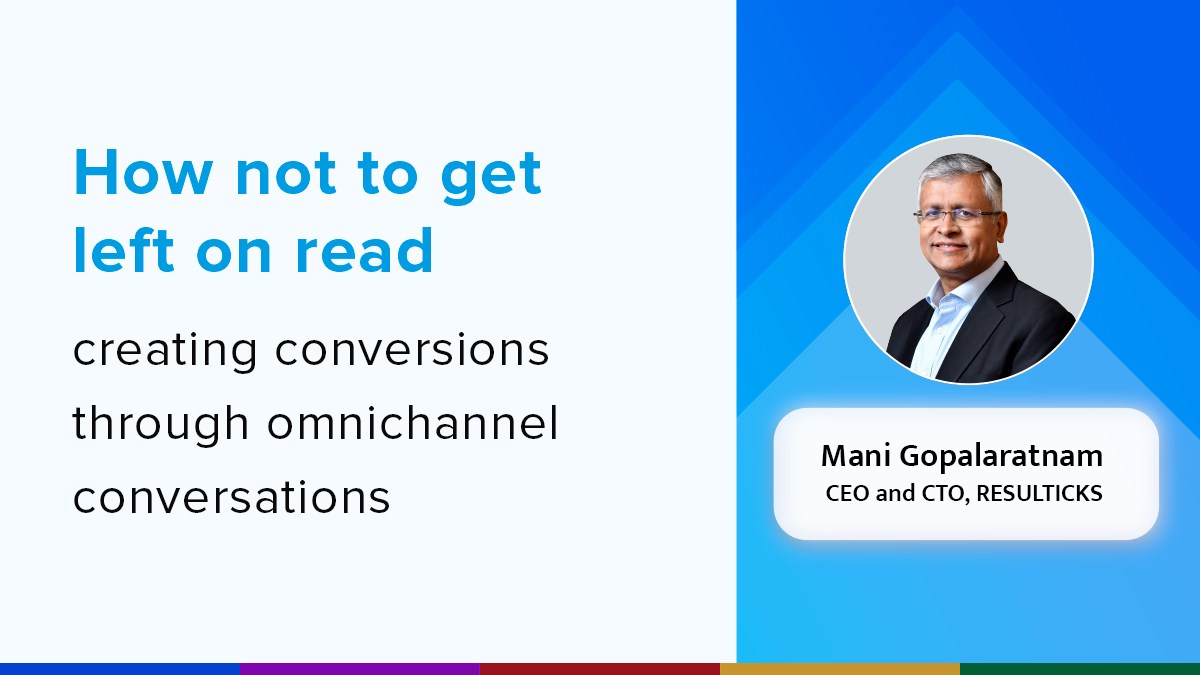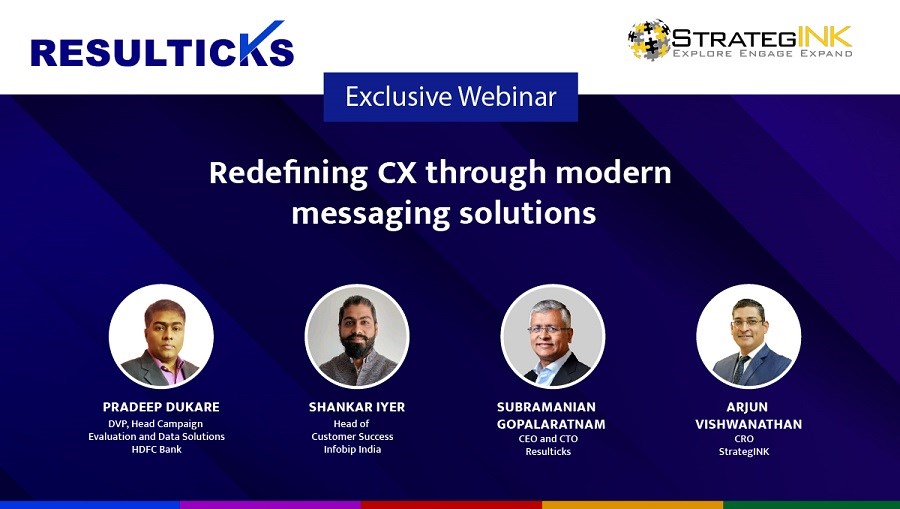Legendary opera star Luciano Pavarotti received great acclaim for his ability to hit high Cs—the hallmark of all great tenors—multiple times in a single aria.
At Resulticks, we emphasize that to maximize the impact of omnichannel customer engagement, brands must also hit the three high Cs of content—compelling, consistent, and conversion-focused messaging totally personalized and delivered in real time.
In combination with a robust omnichannel marketing strategy and the advantages of advanced marketing automation technology, here are some thoughts on how you can equip your content developers to hit exactly the right content notes every time.
Compelling messaging
The most compelling messages resonate personally with the individual audience member. Before committing to a single word of messaging, content developers must first gain as deep and intimate a understanding of the individual target audience members as they can—their demographics, of course, but also their behaviors, preferences, propensities, and more.
How do can they do that? Consolidated, integrated analyzed data—accessed through a powerful customer or audience data platform—makes that singular customer or prospect view possible and yields meaningful insights for conversion-driven messaging.
Focus on outcomes.
Once you know audiences at the individual level, you can focus clearly on the intersection of your audience members’ information needs and your communications goals. Whether you aim to inform, educate, persuade, or move the audience to take a specific action, your messaging should also move the individual as efficiently and quickly as possible toward conversion.
In short-form messaging especially—emails, for example—try to write informative, message-rich subject lines, that can stand on their own and highlight the benefit of your offer. In longer form content, express the most important message in a strong thesis statement in the first paragraph. Expand on the thesis in a clear, simple, easy-to-read, conversational style always keeping in mind the audience, communication objective, and your brand personality.
Write for action.
Break text into easily scanned chunks separated by headers and subheads to help readers navigate the information and get to the call to action quicker. Use active rather than passive voice to speak with conviction, clarity, and energy. Use forms of the verb “to be” with or without another verb only when necessary or when the active voice would result in an awkward construction.
Review your content carefully. If you spot a passive construction, try to recast the sentence into the active voice. Example:
YES: Roger wrote this content.
NO: This content was written by Roger.
Keep your messaging fresh and on point
Customer relationships do not remain static. Keeping your messaging topical and contextually relevant requires constantly refreshing your audience profiles. The robust audience tracking technologies available today enables you to constantly augment customers’ profiles with new data at every interaction. Tapping into this rich data with artificial intelligence and machine learning can yield ever-expanding insights for crafting messaging and content that continuously improve the customer experience and ultimately marketing’s performance.
Consistent branding
At Resulticks, we talk a lot about engaging audiences in continuous, contextually relevant conversations from first click to conversion and beyond. That requires not only a compelling message at each inflection point in the conversation, but also consistency of tone, style, and intent across all channels and touch points that your omnichannel communications strategy encompasses.
Regardless of how and when you interact or where your messaging appears, the content of your conversation must always express a clear, distinctive, recognizable brand image. Most customer-centric companies provide guidance on how to do this in the form of brand “voice” standards that define tone and style of content.
Show your personality
Many brands use human personality traits to create a vocabulary for articulating the brand promise. For example, a heavy equipment manufacturer might attribute to its brand such characteristics as powerful, strong, agile, rugged. A perfume brand, on the other hand, might use provocative, sensuous, alluring, unforgettable. Your distinctive brand personality must shine through every interaction.
Of course, you can’t simply repeat the same content across every channel. An email message won’t translate word for word into a tweet or an ad. Neither can you reuse a carefully crafted blog as a Linkedin post. Some channels call for a more formal, structured style and a methodical narrative flow where you can fully lay out your value proposition. Others call for creativity, quick hits, and high-energy messaging.
Your business model and offering play a major role in determining how far you go in either direction. You probably don’t need a scholarly white paper to promote a cruise ship holiday, but a first-person account of a day-trip onshore might spark the imagination. A marketer making a significant investment in automation technology might appreciate a cleverly turned phrase in a promotional email, but that same marketer might also appreciate even more a thoughtful discussion on how to document marketing ROI.
The key takeaway here? Infuse every message and snippet of content with the essence of your brand promise in words, tone, and style. Make every interaction and every touch point a memorable brand experience, never leaving a trace of doubt in the customer’s mind who you are and the value you deliver.
Conversion-focused
If you want to make sure your audience members arrive at the point of sale ready to say yes, you have to take the journey with them. Customer journeys and use cases help you map out the likely pathways different audience members might take, the critical decisions they make along the way, and what messages you can deliver to help shape their choices.
Think of conversion not just as the point where the sale happens, but as a continuum of progressive decision points. This kind of analysis can help you determine what piece of information the individual might need at any given milestone and the interim call to action that will appear most compelling and lead logically to the next decision point.
Marketing automation can help you give you the insights you need to make those kinds of determinations and create the most contextually compelling content. For example, the Resulticks Smart Duo captures relevant audience data at every interaction, which marketers can harness to contextualize interactions and deliver individualized journeys.
With greater capabilities for individualization, comes to the need to measure marketing ROI at a more granular level. Granted, reliably attributing conversions or gathering anything more than a rough estimate of a campaign’s revenue contribution can challenge the most sophisticated marketer, a challenge compounded by the omnichannel nature of communications, the need for individualization, and the solutions, strategies, and processes that underpin them.
It can be done. Indeed, the same technology that captures individualized interaction data also empowers brands to attribute conversions at the segment-of-one level. This not only enables marketers to know how much each individual customer spends, when, where, and through which channel, it also tells them what campaigns and messaging are working and what isn’t and points the way to continuous improvement in content, tactics, and execution.
If you’d like to know more about how Resulticks can help you hit the three high Cs of compelling, consistent, and conversion focused content, speak to our experts today.







